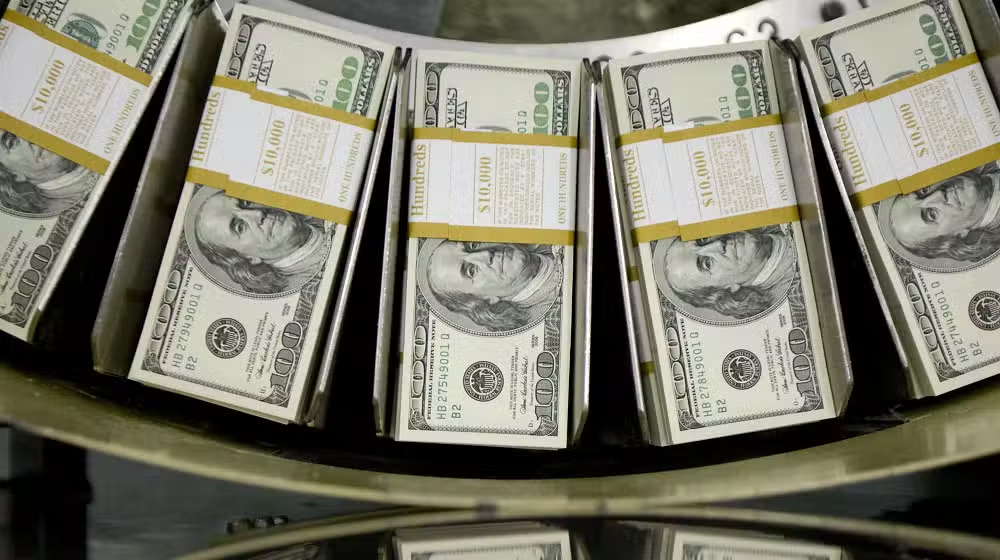Islamabad, March 28: The State Bank of Pakistan (SBP) acquired $5.5 billion from the interbank market between June and December 2024, and market analysts predict that the total dollar purchases by the end of the fiscal year (FY25) will surpass the amount borrowed from the International Monetary Fund (IMF) over three years.
Despite this substantial accumulation, SBP’s foreign exchange reserves declined by more than $500 million last week, reflecting weaknesses in foreign reserve management and exchange rate policies.
Pakistan is projected to receive over $35 billion in remittances this year, alongside inflows from the IMF, World Bank, and a rollover of external loans exceeding $14 billion.
In the first eight months (July-February) of the current fiscal year, remittances have already surpassed the total received in the entire previous fiscal year by $6 billion.
However, economic managers have struggled to effectively utilize these inflows, despite maintaining a current account surplus over the past eight months.
Read More: SBP Distributes Rs 27 Billion Fresh Banknotes Nationwide for Eid-ul-Fitr
The SBP’s purchase of $5.52 billion from the interbank currency market during June-December 2024 indicates a stabilizing exchange rate, encouraging exporters to sell their proceeds.
A breakdown of SBP’s monthly dollar purchases shows a steady rise in interventions:
-
June: $573 million
-
July: $722 million
-
August: $569 million
-
September: $946 million
-
October: $1.026 billion
-
November: $1.151 billion
-
December: $536 million
Despite these interventions, financial experts stress the need for a strategic approach to managing high inflows, particularly remittances.
While Pakistan expects $35 billion in remittances this year, a significant portion—around $25 billion—will be absorbed by debt servicing alone.
Bankers note that the IMF has not permitted SBP to lower interest rates, fearing that cheaper money would lead to higher imports, a widening trade deficit, and an eventual current account deficit.
Also Read: SBP Reserves Near $10 Billion with Latest Boost
The current 12% interest rate has not incentivized trade and industry to borrow and invest in local economic activities.
Declining Foreign Exchange Reserves
SBP’s foreign exchange reserves dropped by $540 million in the week ending March 21, 2025, reaching a six-month low of $10.6 billion due to external debt repayments.
In September 2024, reserves stood at $10.7 billion, showing a steady decline.
The total foreign exchange reserves, including those held by commercial banks, now stand at $15.5 billion, with commercial banks holding $4.94 billion.
As per the IMF agreement, reserves should be $13 billion by the end of the fiscal year.
However, upcoming inflows—including $1.1 billion from the IMF following the Staff-Level Agreement and $1.3 billion from the Climate Resilience Fund—are expected to bolster reserves.
Currency experts believe that external debt repayment and exchange rate stability are manageable this fiscal year.
However, low export growth remains a major challenge for the next financial year, posing a risk to long-term economic stability.
